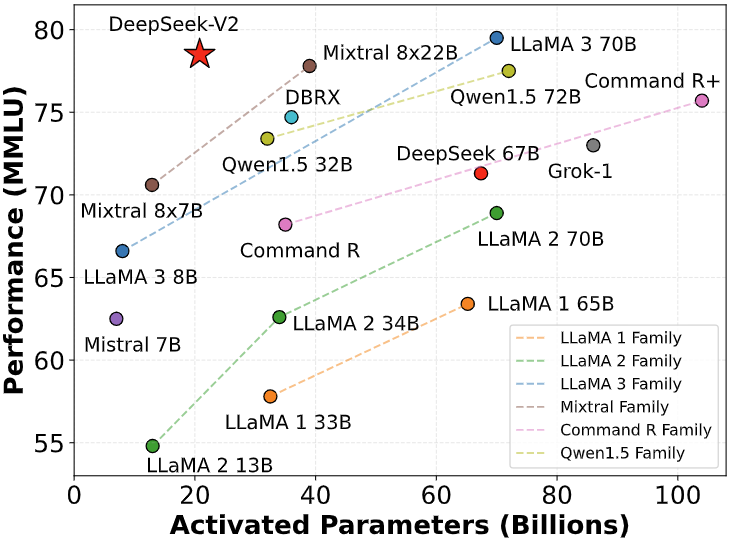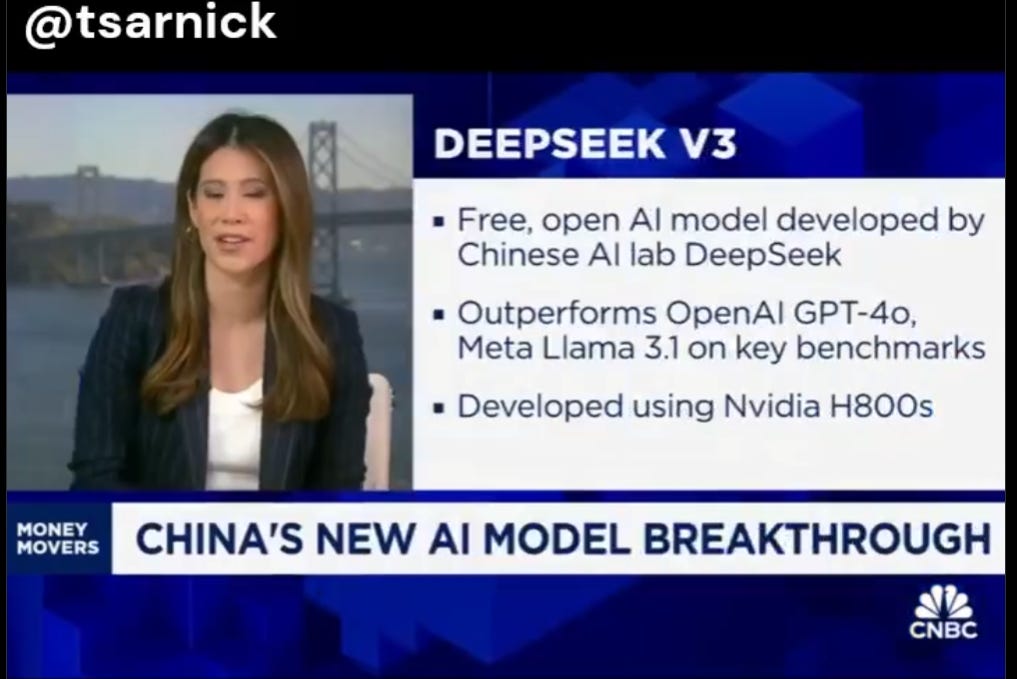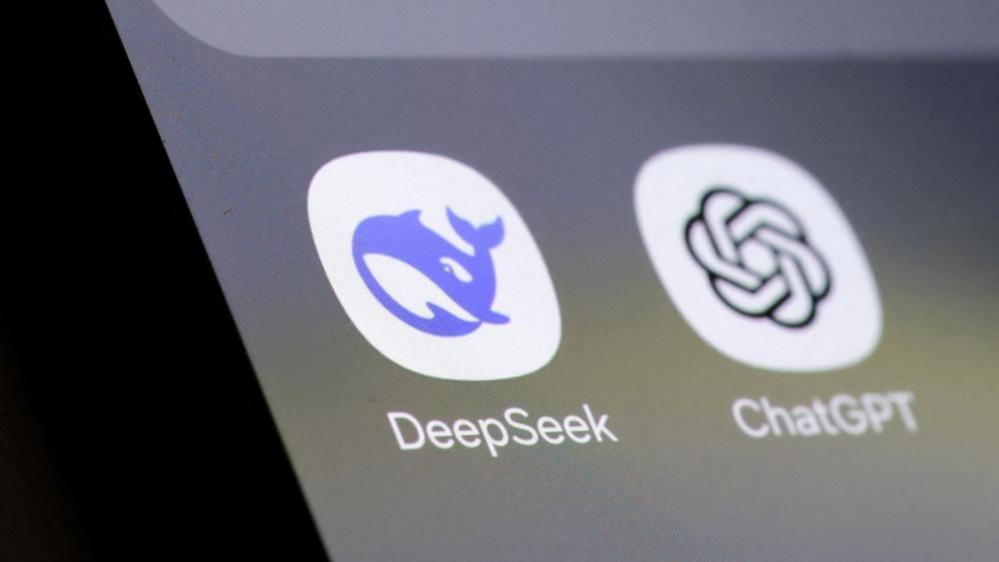
Pricefilmes
Overview
-
Sectors Education
-
Posted Jobs 0
-
Viewed 49
Company Description
Static Analysis of The DeepSeek Android App

I performed a static analysis of DeepSeek, a Chinese LLM chatbot, using version 1.8.0 from the Google Play Store. The goal was to recognize prospective security and personal privacy issues.

I have actually composed about DeepSeek previously here.

Additional security and privacy concerns about DeepSeek have actually been raised.
See also this analysis by NowSecure of the iPhone variation of DeepSeek
The findings detailed in this report are based purely on static analysis. This indicates that while the code exists within the app, forum.batman.gainedge.org there is no definitive proof that all of it is performed in practice. Nonetheless, the existence of such code warrants examination, especially provided the growing issues around data privacy, security, videochatforum.ro the possible abuse of AI-driven applications, and cyber-espionage characteristics in between international powers.
Key Findings
Suspicious Data Handling & Exfiltration
– Hardcoded URLs direct data to external servers, raising concerns about user activity tracking, such as to ByteDance “volce.com” endpoints. NowSecure recognizes these in the iPhone app yesterday as well.
– Bespoke encryption and data obfuscation approaches exist, with indications that they might be used to exfiltrate user details.
– The app contains hard-coded public keys, securityholes.science rather than counting on the user gadget’s chain of trust.
– UI interaction tracking captures detailed user behavior without clear authorization.
– WebView adjustment is present, which might enable the app to gain access to personal external internet browser data when links are opened. More details about WebView manipulations is here

Device Fingerprinting & Tracking
A considerable part of the evaluated code appears to focus on gathering device-specific details, which can be utilized for tracking and fingerprinting.
– The app gathers different special device identifiers, consisting of UDID, Android ID, forum.altaycoins.com IMEI, IMSI, and carrier details.
– System homes, installed plans, and root detection mechanisms recommend possible anti-tampering procedures. E.g. probes for the existence of Magisk, a tool that privacy supporters and security researchers utilize to root their Android gadgets.
– Geolocation and network profiling exist, showing possible tracking capabilities and enabling or disabling of fingerprinting regimes by area.
– Hardcoded device design lists suggest the application might behave differently depending upon the detected hardware.
– Multiple vendor-specific services are utilized to draw out additional gadget details. E.g. if it can not figure out the device through standard Android SIM lookup (due to the fact that authorization was not given), it attempts producer particular extensions to access the very same details.
Potential Malware-Like Behavior
While no definitive conclusions can be drawn without dynamic analysis, numerous observed behaviors line up with known spyware and malware patterns:
– The app utilizes reflection and UI overlays, bphomesteading.com which might assist in unapproved screen capture or phishing attacks.
– SIM card details, serial numbers, and other device-specific data are aggregated for unknown functions.
– The app executes country-based gain access to constraints and “risk-device” detection, suggesting possible security systems.
– The app carries out calls to pack Dex modules, where extra code is filled from files with a.so extension at runtime.
– The.so files themselves reverse and make extra calls to dlopen(), which can be utilized to fill additional.so files. This facility is not normally examined by Google Play Protect and other static analysis services.
– The.so files can be carried out in native code, such as C++. Making use of native code adds a layer of complexity to the analysis procedure and obscures the full level of the app’s capabilities. Moreover, native code can be leveraged to more easily escalate privileges, possibly making use of vulnerabilities within the operating system or device hardware.
Remarks
While information collection prevails in modern applications for debugging and enhancing user experience, aggressive fingerprinting raises significant privacy issues. The DeepSeek app needs users to visit with a legitimate email, which ought to currently supply sufficient authentication. There is no legitimate reason for the app to aggressively collect and transmit distinct gadget identifiers, IMEI numbers, SIM card details, and trademarketclassifieds.com other non-resettable system homes.
The extent of tracking observed here goes beyond normal analytics practices, possibly making it possible for consistent user tracking and re-identification throughout gadgets. These behaviors, integrated with obfuscation methods and network communication with third-party tracking services, necessitate a greater level of analysis from security researchers and users alike.

The employment of runtime code packing in addition to the bundling of native code that the app might permit the deployment and execution of unreviewed, remotely provided code. This is a severe possible attack vector. No proof in this report exists that from another location deployed code execution is being done, only that the facility for this appears present.
Additionally, the app’s method to discovering rooted gadgets appears extreme for an AI chatbot. Root detection is frequently justified in DRM-protected streaming services, where security and material protection are important, or in competitive computer game to prevent unfaithful. However, there is no clear rationale for such rigorous measures in an application of this nature, raising additional concerns about its intent.
Users and organizations thinking about installing DeepSeek needs to understand these possible threats. If this application is being utilized within a business or government environment, additional vetting and security controls must be implemented before allowing its release on handled devices.
Disclaimer: The analysis presented in this report is based on static code review and does not imply that all spotted functions are actively used. Further investigation is required for conclusive conclusions.

